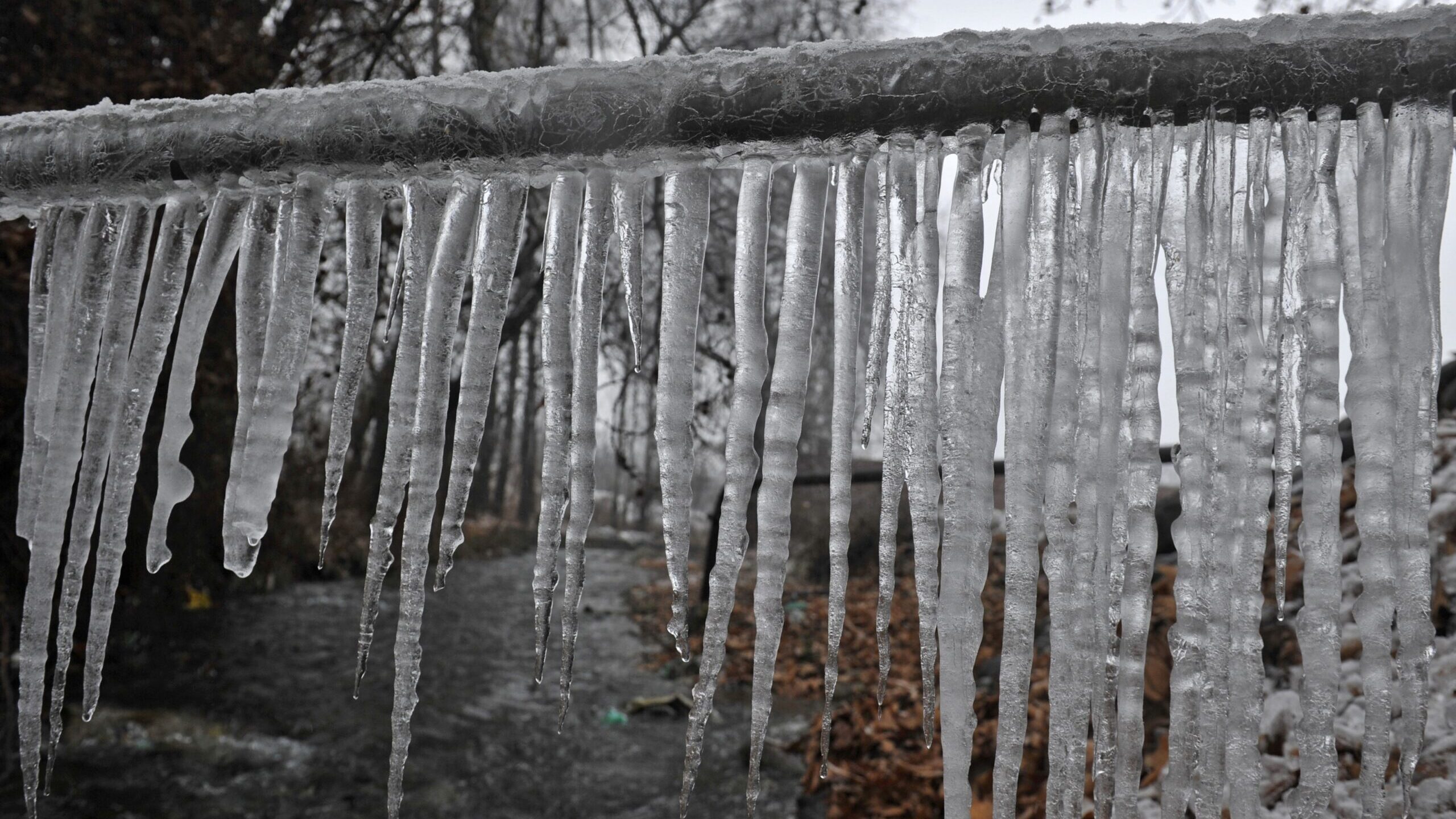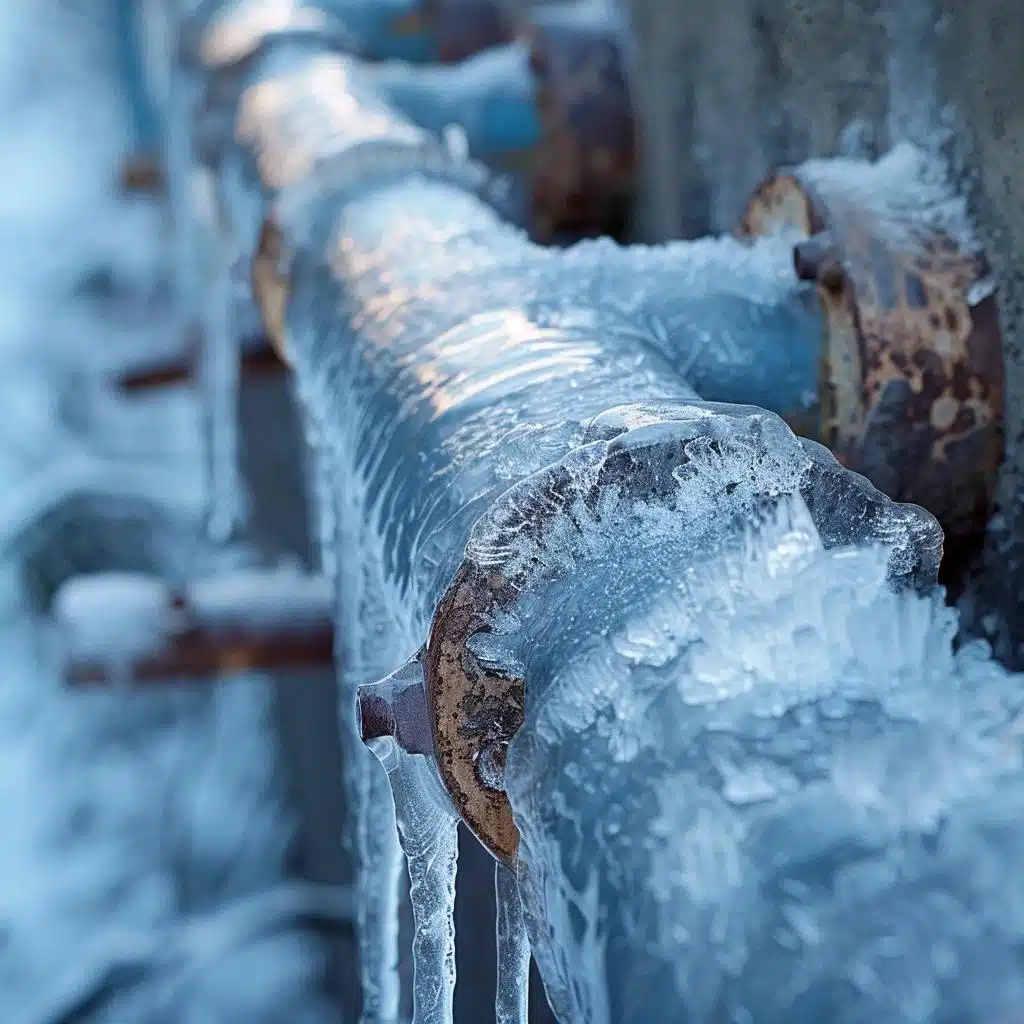Crucial Advice to Protect Against Frozen Plumbing in Cold Weather
Crucial Advice to Protect Against Frozen Plumbing in Cold Weather
Blog Article
We have unearthed this great article about Winter Plumbing Precautions: Preventing Frozen Pipes below on the web and reckoned it made perfect sense to share it with you on this page.

Cold weather can wreak havoc on your pipes, specifically by freezing pipelines. Below's how to stop it from taking place and what to do if it does.
Introduction
As temperatures drop, the danger of icy pipes boosts, possibly resulting in pricey repair services and water damages. Understanding exactly how to avoid icy pipelines is critical for homeowners in cold climates.
Prevention Tips
Protecting susceptible pipes
Wrap pipes in insulation sleeves or utilize warm tape to secure them from freezing temperatures. Focus on pipes in unheated or exterior areas of the home.
Heating strategies
Maintain interior spaces sufficiently heated up, particularly areas with plumbing. Open up cabinet doors to enable cozy air to distribute around pipelines under sinks.
How to recognize icy pipes
Try to find decreased water circulation from faucets, uncommon smells or noises from pipes, and noticeable frost on exposed pipelines.
Long-Term Solutions
Structural modifications
Consider rerouting pipes far from exterior walls or unheated locations. Include added insulation to attics, cellars, and crawl spaces.
Updating insulation
Buy top quality insulation for pipes, attics, and walls. Proper insulation helps maintain regular temperature levels and lowers the danger of frozen pipelines.
Shielding Outside Plumbing
Garden tubes and exterior taps
Disconnect and drain pipes yard hose pipes before winter season. Set up frost-proof spigots or cover outdoor taps with protected caps.
Comprehending Frozen Pipelines
What triggers pipes to freeze?
Pipelines freeze when revealed to temperatures listed below 32 ° F (0 ° C) for prolonged durations. As water inside the pipes freezes, it increases, putting pressure on the pipe wall surfaces and potentially triggering them to break.
Risks and damages
Icy pipelines can result in water disruptions, building damage, and expensive repair work. Burst pipelines can flooding homes and trigger considerable architectural damages.
Indicators of Frozen Piping
Identifying frozen pipes early can prevent them from bursting.
What to Do If Your Pipes Freeze
Immediate actions to take
If you think frozen pipes, maintain faucets open to eliminate pressure as the ice thaws. Use a hairdryer or towels taken in warm water to thaw pipelines slowly.
Verdict
Avoiding icy pipes needs aggressive measures and quick feedbacks. By understanding the causes, indicators, and safety nets, property owners can secure their pipes throughout winter.
6 Proven Ways to Prevent Frozen Pipes and Protect Your Home
Disconnect and Drain Garden Hoses
Before winter arrives, start by disconnecting your garden hoses and draining any remaining water. Close the shut-off valves that supply outdoor hose bibs and leave the outdoor faucet open to allow any residual water to drain. For extra protection, consider using faucet covers throughout the colder months. It’s also important to drain water from any sprinkler supply lines following the manufacturer’s directions.
Insulate Exposed Pipes
Insulating your pipes is an effective way to prevent freezing. Pipe insulation is readily available at home improvement stores and is relatively inexpensive. Pay close attention to pipes in unheated areas such as the attic, basement, crawl spaces, or garage. Apply foam insulation generously to create a buffer against the cold. You can also wrap your pipes in heat tape or thermostat-controlled heat cables for added warmth.
Seal Air Leaks
Inspect your home for any cracks or openings that could let in cold air. Seal any holes around the piping in interior or exterior walls, as well as the sill plates where your home rests on its foundation. Additionally, make sure to keep your garage door closed unless you’re entering or exiting. Leaving it open creates a significant air leak that can lead to frozen pipes.
Allow Warm Air Circulation
During cold snaps, it’s essential to allow warm air to circulate evenly throughout your home. Leave interior doors ajar to promote better airflow. Open kitchen and bathroom cabinets to help distribute heat consistently around the rooms. If you have small children or pets, be sure to remove any household chemicals or potentially harmful cleaners from open cabinets for safety.
Let Faucets Drip
A small trickle of water can make a big difference in preventing ice formation inside your pipes. When temperatures drop significantly, start a drip of water from all faucets served by exposed pipes. This continuous flow helps prevent the water from freezing. Additionally, running a few faucets slightly can relieve pressure inside the pipes, reducing the chances of a rupture if the water inside does freeze.
https://choateshvac.com/6-proven-ways-to-prevent-frozen-pipes-and-protect-your-home/

As an avid person who reads on 6 Ways to Prevent Frozen Pipes, I assumed sharing that piece of content was worthwhile. Liked our review? Please quickly share it. Help someone else find it. Thanks so much for your time spent reading it.
Contact Report this page